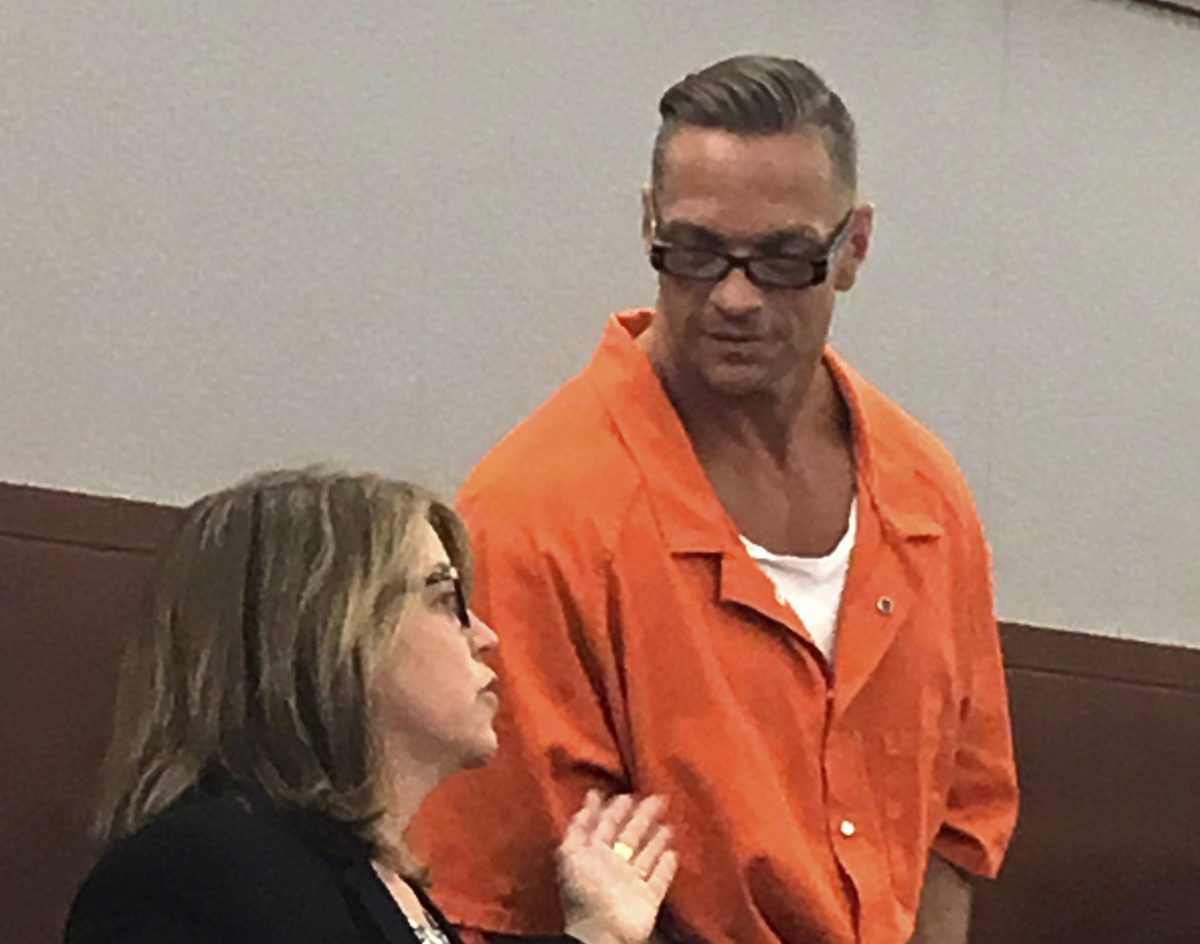Amid the growing opioid crisis that is plaguing communities in the U.S. and Canada, the Nevada Department of Corrections said it will use fentanyl in an upcoming execution.

Scott Dozier, 46, is scheduled to be executed by lethal injection on Nov. 14 for the 2002 murder of 22-year-old Jeremiah Miller who was killed and dismembered. Dozier was already serving a 22-year sentence for the murder of Jasen Green, 27, whose body was also dismembered.
“After consulting with the Chief Medical Officer, the NDOC Director has selected the following combination of drugs for the execution: 1. Diazepam 2. Fentanyl 3. Cisatracurium,” the corrections department said in a statement on Aug. 17.
WATCH: Fentanyl contributed to hundreds of deaths in Canada so far this year
Fentanyl, an opioid that can be 100 times stronger than morphine, will be used in addition to diazepam, a sedative commonly known as Valium, and cisatracurium, which causes paralysis.
Experts and civil rights groups say the combination of drugs has never been used before and questioned both their effectiveness and legality.
“No other state has used a lethal combination like this, and it is not clear whether this experimental protocol complies with all state and federal laws,” said Tod Story, executive director of the American Civil Liberties Union of Nevada, in a statement. “That is way out of step with our core values in this state, and Nevadans deserve answers on exactly how the state plans to kill a prisoner in its custody.”
READ MORE: At least 2,458 Canadians died from opioid-related overdoses in 2016
Robert Dunham, executive director of the Death Penalty Information Center, said none of these drugs have been tested in the context of executions.
“These drugs share the problem with all the other drugs states have proposed to use in executions. None was designed to kill people,” Dunham said in an email to Global News.
“Each drug carries its own set of inherent risks when used in a multi-drug execution procedure,” he added. “Those risks are magnified when we don’t know the source of the drug, the potency and purity of the drug, and the circumstances in which it was manufactured, transported, and stored.”

Lethal injections typically involve a three-drug cocktail, including a sedative to render the person unconscious, a muscle relaxant to paralyze them, followed by a fatal injection. Paralysis can also be used as the method of execution.
Previously, Nevada had used midazolam and hydromorphone as sedatives, but pharmaceutical manufacturer Pfizer halted the sale of its products to prisons in 2016 to prevent them from being used in executions.
READ MORE: States consider firing squads, gas chambers after botched injections
New York University professor of emergency medicine Susi Vassallo told nonprofit news organization The Marshall Project, it “doesn’t make much sense” why these three drugs were selected.
In what order the drugs will be administered is still unclear. Global News contacted the Nevada Department of Corrections for comment but did not receive a response.
Multiple states including Arizona, Ohio, and Oklahoma have had to look at new ways of executing inmates as the drugs used in legal injections have become more restricted.













Comments